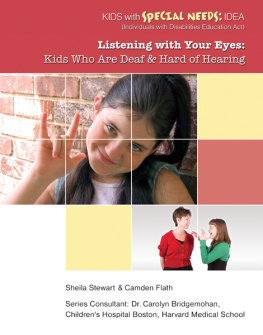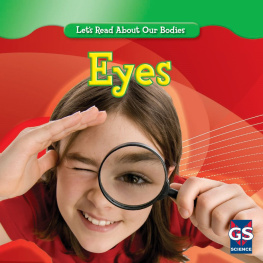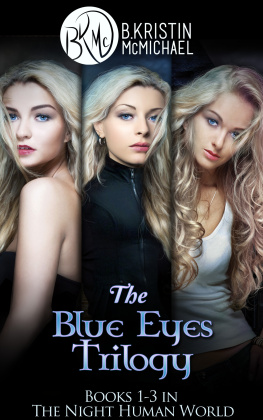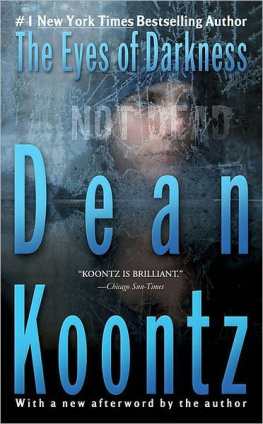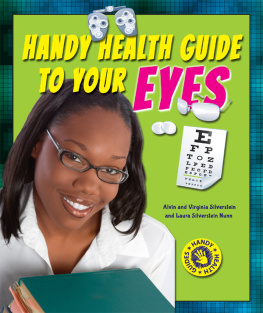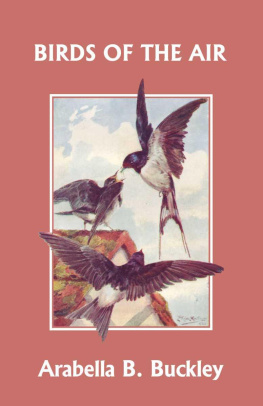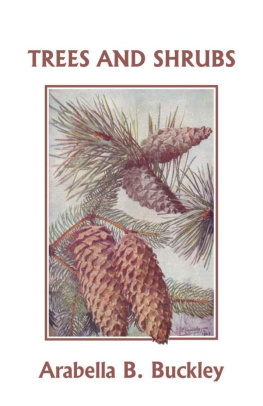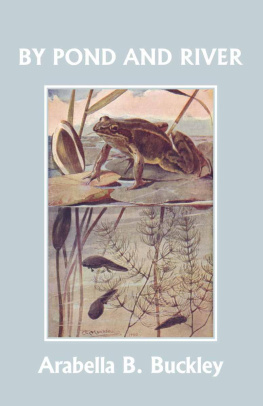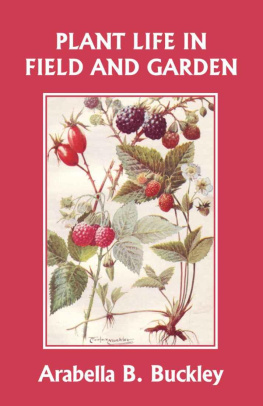Kovalin - How to Write Descriptions of Eyes and Faces
Here you can read online Kovalin - How to Write Descriptions of Eyes and Faces full text of the book (entire story) in english for free. Download pdf and epub, get meaning, cover and reviews about this ebook. year: 2011, publisher: VK-Now Books, genre: Humor. Description of the work, (preface) as well as reviews are available. Best literature library LitArk.com created for fans of good reading and offers a wide selection of genres:
Romance novel
Science fiction
Adventure
Detective
Science
History
Home and family
Prose
Art
Politics
Computer
Non-fiction
Religion
Business
Children
Humor
Choose a favorite category and find really read worthwhile books. Enjoy immersion in the world of imagination, feel the emotions of the characters or learn something new for yourself, make an fascinating discovery.
How to Write Descriptions of Eyes and Faces: summary, description and annotation
We offer to read an annotation, description, summary or preface (depends on what the author of the book "How to Write Descriptions of Eyes and Faces" wrote himself). If you haven't found the necessary information about the book — write in the comments, we will try to find it.
This book is for fiction writers who love physical descriptions of characters.
(Note: both books (1) How to Write Descriptions of Eyes and Faces and (2) How to Write Descriptions of Hair and Skin are now available in a single, unabridged volume for readers interested in both buying both books together at a cheaper price than buying them individually: How to Write Descriptions of Eyes, Faces, Hair, Skin. ASIN: B00670OUGW.)
Here, you get more help than you could possibly imagine on describing eyes and faces. Each section centers on a type of description, such as Eye Color (for example, Crystal blue eyes), or Appearance of the Eye (for example, Beady eyes, or Bedroom eyes), or Actions Involving the Eyes (for example, Darting eyes or Gawking). Each section lists its descriptive terms alphabetically with full explanations. You can read the lists to learn new terms, or you can look up a specific term.
The eye section starts with the location of colors in the iris. Through examples, you learn how physical description starts with an accurate, detailed picture of everything you see, which you condense for your fiction. You learn about the appearance of the eyes, actions involving the eyes, and how to describe eyelids, eyebrows, and eyelashes. All of this leads into more than 2,000 words explaining 82 different color names to assign to eyes that are black, blue, brown, gray, green, hazel, or violet.
The face section shows how to describe facial shapes, forehead, ears, cheekbones, nose, lips, chin, and facial hair, if any. You learn about facial expressions, such as simpering or sneering, and things like the differences between a frown and a scowl.
You also get a section on how the face shows different emotions. For example, you can look up Anger and read about common physical signs of anger such as blood rising beneath the skin, the forehead tightening, the eyes narrowing, and the nose wrinkling in disgust.
Who may benefit from this book? Anyone who wants a quick prompt or idea so as not to lose his writing momentum. Readers for whom English is a second language may enjoy the in-depth explanations of American English terms. Authors in genres that demand much physical description (for example, fantasy fiction and romance fiction) may also find this book useful.
How to Write Descriptions of Eyes and Faces is about 15,000 words in total. Thank you for reading.
**
From the AuthorThis book is part of a series of nonfiction how-to-write guides published as Amazon Kindle books. The books in the series are:
- How to Write Descriptions of Eyes and Faces
- How to Write Descriptions of Hair and Skin
- How to Write Sexy Descriptions and Sex Scenes
There is also a combination volume, How to Write Descriptions of Eyes, Faces, Hair, Skin, which combines the unabridged texts of the first two books at a discount price. Thank you very much for reading!
About the AuthorI am an author of gay romance fiction, published with Amber Quill Press and Loose Id epublishers, including Call And Answer, Ink Illusions, Trinity Trespass, and Wicked Cool. My nonfiction includes How to Write Descriptions of Eyes and Faces and How to Write Descriptions of Hair and Skin. I review gay romance fiction for the All Romance Ebooks newsletter. (However, my writing schedule no longer permits me to review to author request.) Meanwhile, I read almost everything, especially gay romance, nonfiction, fantasy fiction, and mystery fiction. I like humor, strong plots, and complicated characters, and I hope to offer you the same in my fiction. I deeply appreciate readers for trying my books and especially for taking the time to write a review. If I avoid commenting, or expressing direct thanks for a review, it is only to respect the readers privacy to discuss books without author interference. I love feedback and I learn from all my reviews. You can reach me at veekay2000 [at] gmail [dot]com or at my author site Obsidianbookshelf.com or at my blog.
Kovalin: author's other books
Who wrote How to Write Descriptions of Eyes and Faces? Find out the surname, the name of the author of the book and a list of all author's works by series.

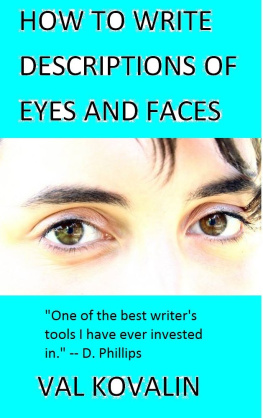
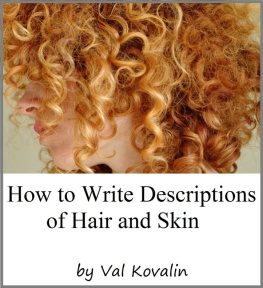
![Kornell Vulrich - Eyes That Watch You [= The Case of the Talking Eyes]](/uploads/posts/book/832907/thumbs/kornell-vulrich-eyes-that-watch-you-the-case.jpg)
